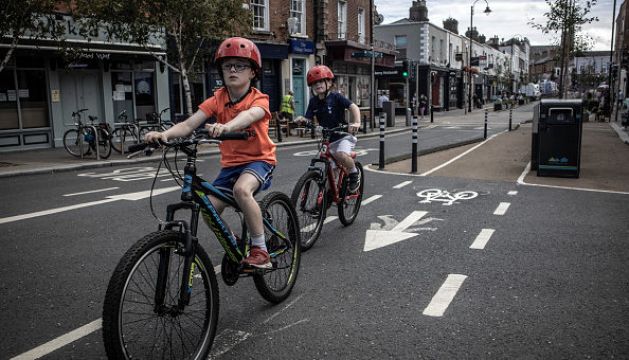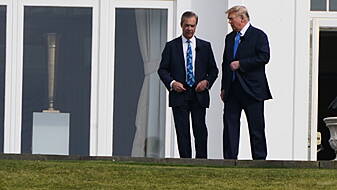The Government has published its revised climate action plan to reduce the State’s carbon emissions by 51 per cent by the end of the decade.
It has set out a plan of how every sector in Ireland will play its part in cutting emissions.
As we transform how we travel, we will deliver:
🚲🚃500,000 additional daily walking, cycling & public transport journeys
🔌945,000 EVs on the road
⛽️A 10% reduction in the remaining car journeys which are fuelled by petrol/diesel #ClimateActionIRL #TransformingHowWeTravel pic.twitter.com/MkexQtyVDR— Department of Transport (@Dept_Transport) November 4, 2021
Among the keys measures include:
- An increase of renewable electricity by up to 80 per cent, with a mix from offshore and onshore wind and solar power.
- Further measures include increased electricity storage, the deployment of zero-emissions gas and the production of hydrogen for use in other industries.
- Cut electricity use of between 62 and 81 per cent, relative to 2018 levels.
- Transport will see an acceleration of the electrification of road transport, the use of biofuels and a shift to transport modes with lower energy consumption, including walking, cycling, active and public transport.
- Further measures will include a “modal shift” to reduce the overall fossil fuelled distance undertaken by car by 10 per cent.
- Reaching 845,000 electric cars by 2030.
Ministers @McConalogue, @pippa_hackett and @martinheydonfg said the #ClimateActionPlan 🌏 launched today highlights the importance in setting a pathway to reducing Ireland’s greenhouse gas emissions by 51% in 2030. #ClimateActionIRL
📍 https://t.co/uqFba7WdCa pic.twitter.com/uSxjKofy3l— Dept of Agriculture, Food and the Marine (@agriculture_ie) November 4, 2021
Advertisement
- Reaching 95,000 zero-emissions vans and 3,500 zero-emissions HGVs by 2030
- Replacements for bus and rail to be services “green” including 1,500 electric vehicle buses and expanded electrified rail services by 2030.
- Scale up retrofitting and the rollout of district heating in cities and the ramping up of zero-emissions heating in commercial buildings.
- Retrofitting 500,000 homes by 2030.
- Reducing emissions from public sector buildings by 50 per cent
- Reducing agriculture emissions by up to 30 per cent by 2030
- Reducing fertiliser use and increasing the use of clover and multi-species swards
- Improving animal breeding and feeding
- Increase organically farmed land almost five-fold to 350,000 hectares.
- Manage emissions from the dairy herd
- Increase afforestation with a new forestry programme to launch in 2023.







